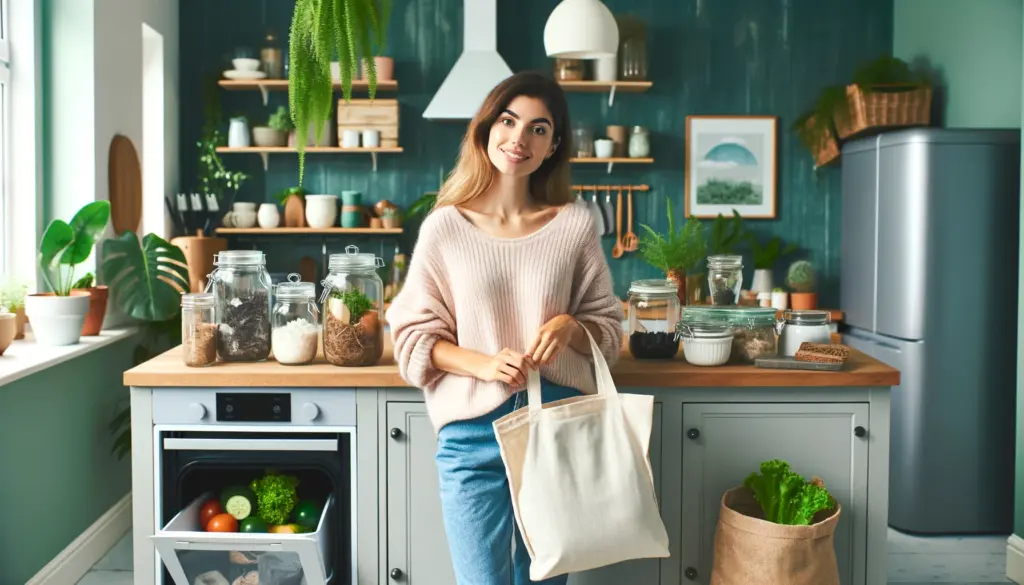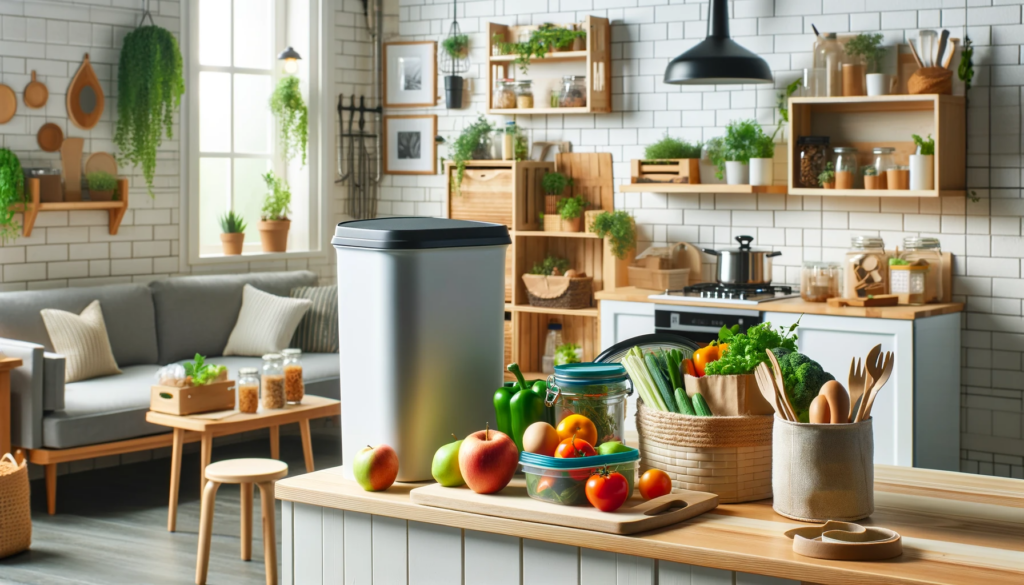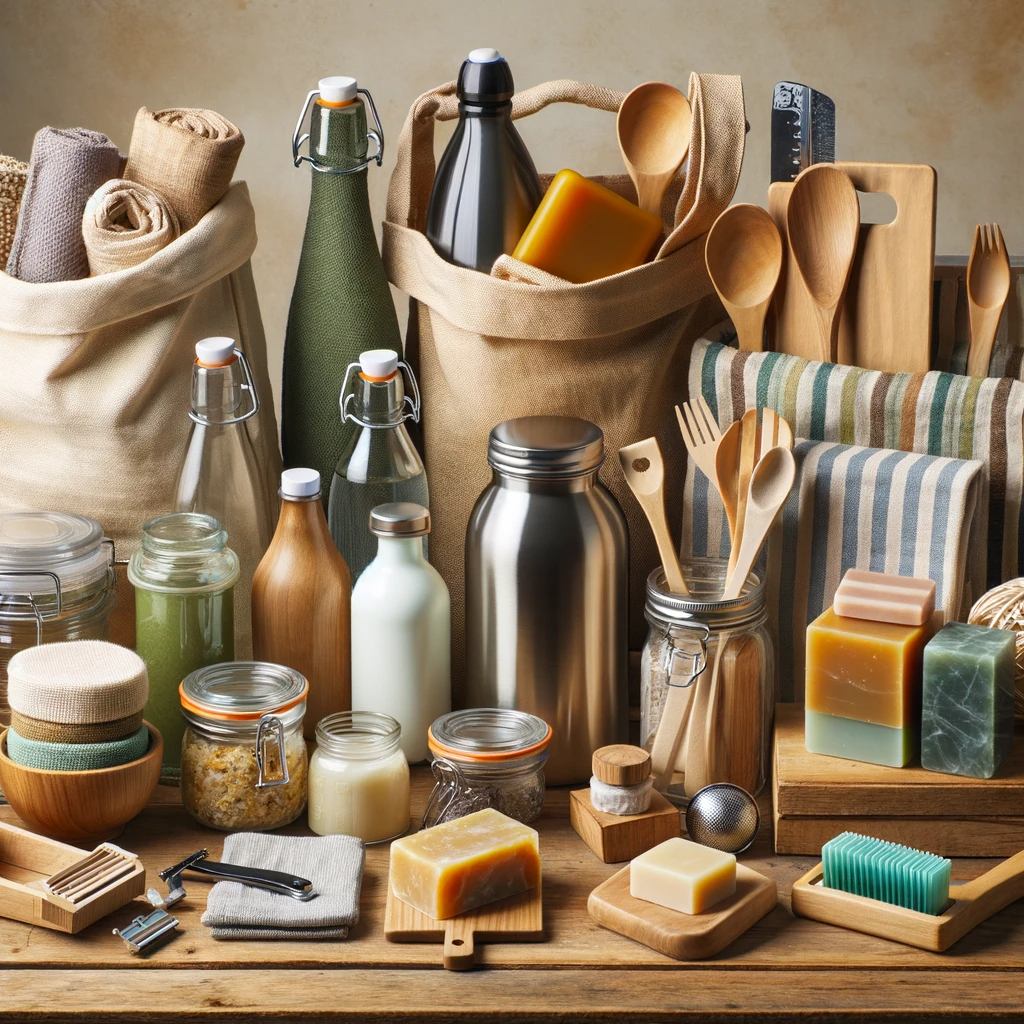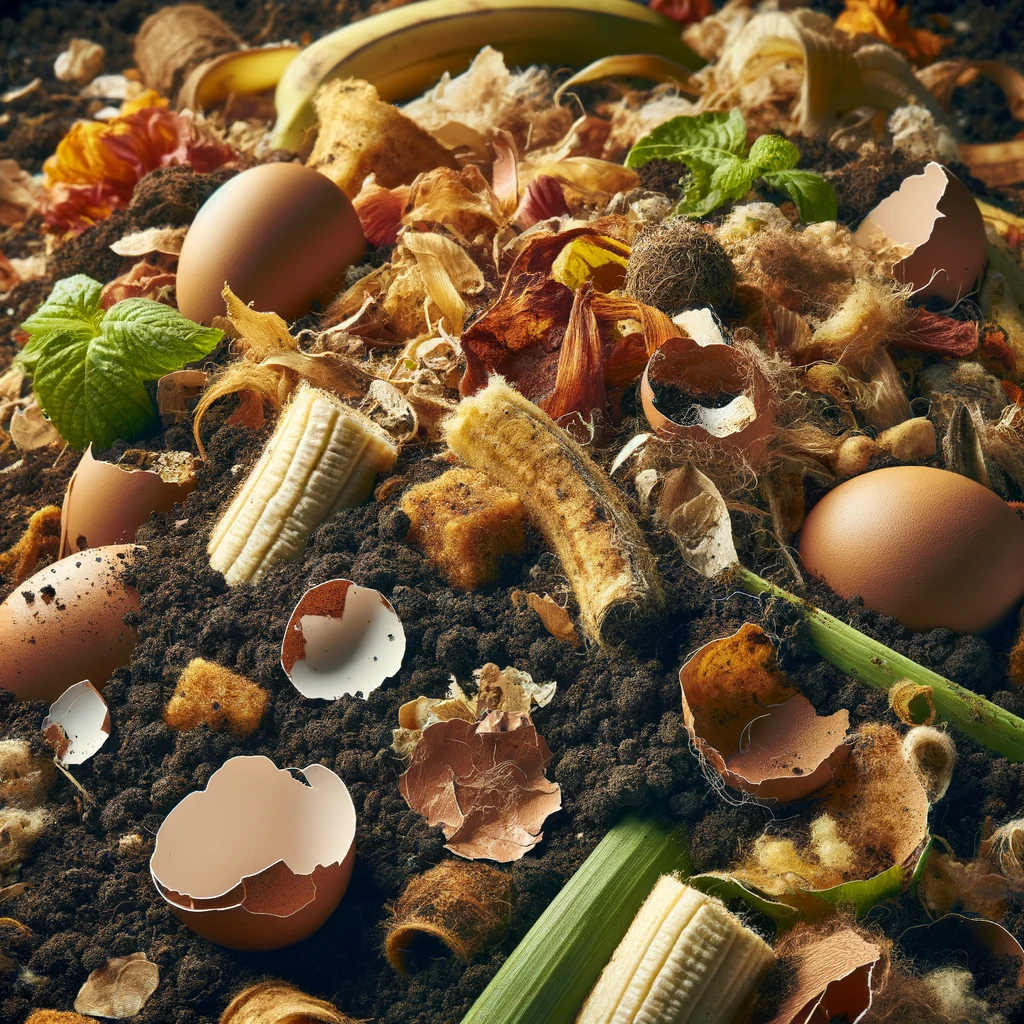Winter Wonders: Vegetables You Can Grow Indoors In Winter
Introduction:
Winter’s arrival often signals a pause in gardening, but it doesn’t have to mean a break from cultivating fresh, home-grown vegetables. This expanded guide delves into the enriching world of indoor vegetable gardening during the colder months, answering the question what are the best Vegetables You Can Grow Indoors In Winter?
Selecting Suitable Vegetables:
The first crucial step is choosing the right vegetables for your indoor garden. Leafy greens like spinach, kale, and arugula, herbs such as basil, parsley, and cilantro, and root vegetables like carrots, beets, and radishes are excellent choices for a diverse and successful indoor garden.
Spinach: A Versatile Green for Winter Gardening
Spinach is a versatile and nutritious green that grows well in containers, preferring cooler temperatures. Perfect for a winter indoor garden, it offers a quick supply of fresh greens, with leaves ready for harvest as early as three weeks after planting. The key to a flourishing indoor garden lies in understanding the unique needs and growth habits of various vegetables and choosing those that are well-suited to indoor conditions.
Kale: The Nutrient-Rich Powerhouse
Kale is a robust and easy-to-grow vegetable suitable for indoor gardens. Growing well in moderately lit areas, kale withstands cooler indoor temperatures and is packed with vitamins and minerals, making it a nutritional powerhouse for winter gardening.
Herbs: Flavorful and Fragrant Indoor Additions
Fragrant and flavorful, herbs like basil, parsley, and cilantro transform your indoor garden into a sensory delight. Herbs are not just culinary champions; they are also incredibly forgiving to grow, adapting well to the varying conditions of indoor environments. The key to successful herb growth indoors lies in ensuring they receive enough light and are harvested regularly to encourage continued growth. Furthermore, many herbs have the added benefit of deterring pests naturally, making them an excellent companion for other plants in your indoor garden.
Root Vegetables: An Unexplored Indoor Gardening Delight
Setting Up Your Indoor Garden:
Creating an optimal environment for your indoor garden is not just about planting seeds and watering them; it involves a series of thoughtful decisions and arrangements that mimic the natural conditions your plants would thrive in outdoors. In this section, we’ll explore the essentials of setting up your indoor garden, focusing on containers, soil, light, temperature, and innovative gardening methods.
Containers: Choosing the Right Home for Your Plants
The choice of containers is pivotal in your indoor gardening journey. Opt for containers with good drainage to prevent waterlogging, which can lead to root rot. The size of the container should correspond with the type of vegetable you are growing – larger for root vegetables, and smaller for herbs and leafy greens. Embracing sustainability, consider repurposing household items as planters. Items like old mugs, jars, or even wooden crates can be transformed into unique and eco-friendly containers. Just ensure they have adequate drainage holes or add them if necessary.
Soil: The Foundation of Healthy Plant Growth
Soil is not just a medium to anchor plants; it’s a vital source of nutrients and air for the roots. Choose a high-quality, organic potting mix specifically designed for container gardening. These mixes are formulated to provide the right balance of drainage and water retention. Avoid using garden soil as it can be too dense and may contain pathogens not suitable for indoor conditions.
Light and Temperature: Ensuring Ideal Growing Conditions
Light is the energy source for your plants. Most vegetables need about 6-8 hours of sunlight per day. In the absence of sufficient natural light, especially during the short days of winter, grow lights become an indispensable tool. Position your garden near south-facing windows if possible or supplement with grow lights.
Grow Lights: A Bright Solution for Indoor Gardening
LED grow lights are a highly efficient option for indoor gardens. They consume less energy and emit a broad spectrum of light, crucial for photosynthesis. They also generate less heat, reducing the risk of scorching your plants. Position the lights close enough to provide adequate light but far enough to avoid heat damage. Adjust the height as your plants grow.
Temperature Control: Keeping Your Garden Comfortable
Maintain a consistent temperature, ideally between 65-75°F (18-24°C), to ensure optimal growth. Avoid placing your garden near cold drafts or excessively hot radiators. A stable environment will encourage healthy growth and yield.
Innovative Gardening Techniques:
Expanding Your Horizons Consider space-saving and efficient methods like vertical gardening and hydroponics. Vertical gardening utilizes wall space, perfect for those with limited floor space. Hydroponics, on the other hand, is a soil-less method of gardening where plants are grown in a nutrient-rich water solution. It’s a clean, efficient, and often more productive way of gardening indoors.
By carefully setting up your indoor garden with the right containers, soil, lighting, temperature control, and embracing innovative techniques, you’re well on your way to cultivating a lush and productive garden, right in the comfort of your home. In the next sections, we’ll delve deeper into the maintenance and care of your indoor garden, ensuring your efforts yield the freshest and most delicious winter vegetables.
Plant Care and Maintenance:
To achieve a lush and productive indoor garden, regular care and maintenance are paramount. Your plants rely on you for their essential needs, which include proper watering, fertilization, and pest control. Let’s delve into these critical aspects of plant care to ensure your indoor garden thrives.
Watering: Keeping Plants Hydrated Yet Not Overwatered
Watering is more of an art than a science in indoor gardening. The goal is to maintain a balance where the soil is consistently moist but not saturated. Overwatering can lead to root rot, a common problem in indoor gardening, while under-watering can stress the plants, hindering their growth. To find this balance:
- Check the soil moisture regularly by feeling it with your finger. The top inch should be dry before you water again.
- Consider the specific needs of each plant, as some require more water than others.
- Use a water meter if you’re unsure. This tool can help you gauge the moisture level of the soil accurately.
- Ensure your containers have proper drainage to allow excess water to escape.
Fertilization: Providing Essential Nutrients
Indoor plants don’t have access to the nutrients typically found in an outdoor garden, making fertilization crucial. Use a balanced, organic fertilizer (or make your own) to provide the nutrients necessary for growth. Organic fertilizers not only feed your plants but also improve the quality of the soil over time. Here are some tips:
- Follow the instructions on the fertilizer package for dosage and frequency.
- During the peak growing season (usually spring and summer), fertilize more frequently.
- Reduce fertilization during the winter months when plant growth naturally slows down.
Pest Control: Protecting Your Indoor Garden
Pests can be a challenge in indoor gardening, but with vigilance and the right approach, they can be managed effectively.
- Inspect your plants regularly for signs of pests or disease. Common indoor pests include aphids, spider mites, and whiteflies.
- Employ eco-friendly pest control methods. Neem oil, insecticidal soaps, and creating a habitat for beneficial insects like ladybugs can be effective.
- Ensure good air circulation around your plants to discourage pest infestations.
- Quarantine new plants for a short period to ensure they don’t introduce pests to your existing garden.
In addition to these practices, remember that the health of your indoor garden also depends on other factors such as air quality and humidity. Consider using a humidifier in very dry conditions and keep your garden away from pollutants like smoke. Regularly removing dead leaves and spent flowers will also help keep your plants healthy and encourage new growth.
Harvesting and Using Your Produce:
The act of harvesting is the culmination of your gardening efforts, a moment filled with satisfaction and pride. Understanding when and how to harvest your vegetables will ensure that you enjoy them at their peak of flavor and nutritional value. Let’s explore the best practices for harvesting your indoor garden produce and some delightful ways to use them in your kitchen.
Harvesting Your Vegetables
- Leafy Greens: Spinach, kale, and similar greens can be harvested in a “cut and come again” manner. Gently snip the outer leaves, leaving the inner ones to continue growing. This method allows for a continuous harvest throughout the season.
- Herbs: Similar to leafy greens, herbs should be harvested by snipping off the outer leaves or stems. Regular harvesting encourages new growth and prevents the plant from becoming leggy or going to seed too early.
- Root Vegetables: Carrots, beets, and radishes will indicate readiness by the size of the part of the root visible above the soil. Gently loosen the soil around the root and pull up the vegetable.
- Timeliness: The best time to harvest is usually in the morning when the plants are most hydrated. This ensures crispness, especially for leafy greens.
Using Your Fresh Produce
- Salads: Freshly harvested greens and herbs are perfect for a vibrant and nutritious salad. Combine them with other vegetables, nuts, and a light dressing for a refreshing meal.
- Stews and Soups: Root vegetables and hearty greens like kale are excellent in stews and soups. They add flavor, texture, and nutrition to warm, comforting dishes.
- Garnishes: Use your fresh herbs to garnish dishes, adding a burst of flavor and color. Basil, parsley, and cilantro are particularly versatile.
- Smoothies: Leafy greens like spinach can be blended into smoothies for a nutritious and energizing drink.
- Preservation: If you find yourself with an abundance of produce, consider preserving them through drying, fermentation, freezing, or pickling. This way, you can enjoy your garden’s bounty even after the growing season.
Remember, your indoor vegetable garden is a source of not just food, but also joy and wellness. It’s a journey of learning and experimenting, where each season brings new insights and delights. As you savor the fruits of your labor, you’re not only nourishing your body but also contributing to a more sustainable and eco-friendly way of living. Keep exploring, keep growing, and let your indoor garden be a source of inspiration and nourishment all year round.
The Benefits of Indoor Winter Gardening:
Indoor gardening during winter has multiple benefits. It ensures a supply of fresh, pesticide-free vegetables, reduces your carbon footprint, and can be a therapeutic and educational activity for all ages.
Growing vegetables indoors during winter is a fulfilling and sustainable practice. It’s about nurturing life during the colder months and enjoying the rewards of your efforts. So, gear up with your gardening tools and let’s bring life and freshness into our homes this winter!
FAQ: Winter Indoor Vegetable Gardening
Q1: What are the best Vegetables You Can Grow Indoors In Winter?
A1: Spinach, kale, arugula, and herbs such as basil, parsley, and cilantro are excellent choices. Root vegetables like carrots, beets, and radishes also do well indoors. For an in-depth guide on growing winter carrots and more, check out “Vegetables to Grow in Winter: Your Ultimate Guide for a Sustainable Garden”.
Q2: How do I ensure my spinach thrives in an indoor garden?
A2: Spinach prefers cooler temperatures and grows well in containers. Provide it with moderate light and consistent moisture, and you can expect to harvest as early as three weeks after planting.
Q3: Can lettuce be grown indoors in winter?
A3: Absolutely. Lettuce requires moist soil and some sunlight or artificial light each day but is otherwise quite adaptable to indoor winter conditions.
Q4: What type of containers should I use for my indoor garden?
A4: Select containers with good drainage and choose sizes that will accommodate the plant’s root system. Recycled materials work well for sustainable gardening.
Q5: How do I manage light and temperature for my indoor garden?
A5: Most vegetables need 6-8 hours of sunlight per day. In low-light conditions, consider LED grow lights. Maintain a temperature between 65-75°F (18-24°C) for optimal growth.
Q6: What is the best way to water and fertilize indoor vegetables?
A6: Keep the soil consistently moist but not waterlogged. Fertilize with a balanced, organic fertilizer to support healthy growth.
Q7: What are the benefits of indoor winter gardening?
A7: Indoor winter gardening ensures a supply of fresh produce, reduces carbon footprint, and can serve as a therapeutic hobby.
Q8: What is the easiest vegetable to grow in winter?
A8: Herbs such as basil, parsley, and cilantro are some of the easiest vegetables to grow in winter due to their minimal space requirements.
Q9: What is the fastest growing winter vegetable?
A9: Radishes are quick to grow, with some varieties ready to harvest in as little as a month.
Q10: How do I harvest and use my indoor-grown vegetables?
A10: Harvest your vegetables when they are ripe. Use them fresh in a variety of dishes from salads to stews, or even as fresh garnishes.







Pingback: Growing Tomato Plants: The Ultimate Guide to Growing Tomatoes